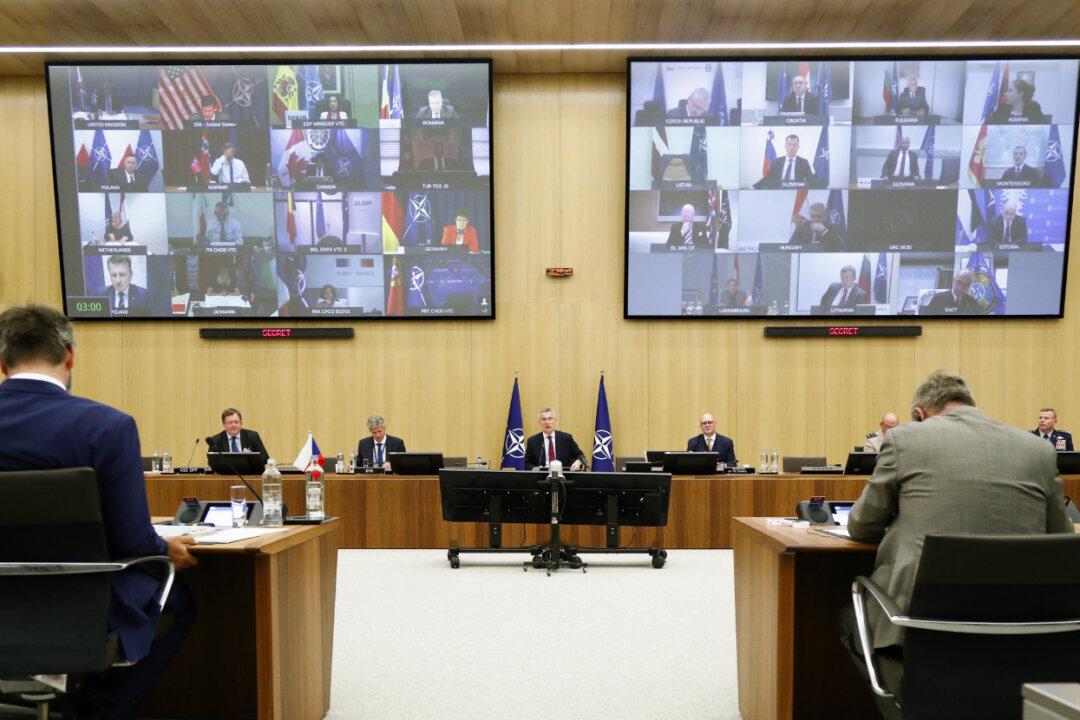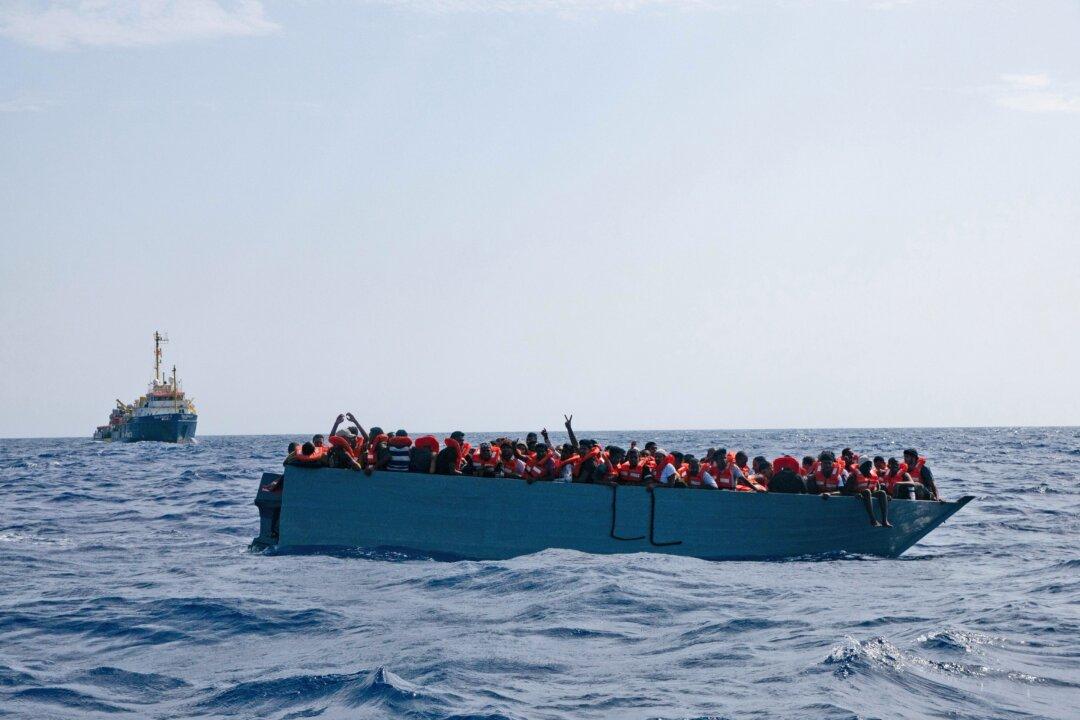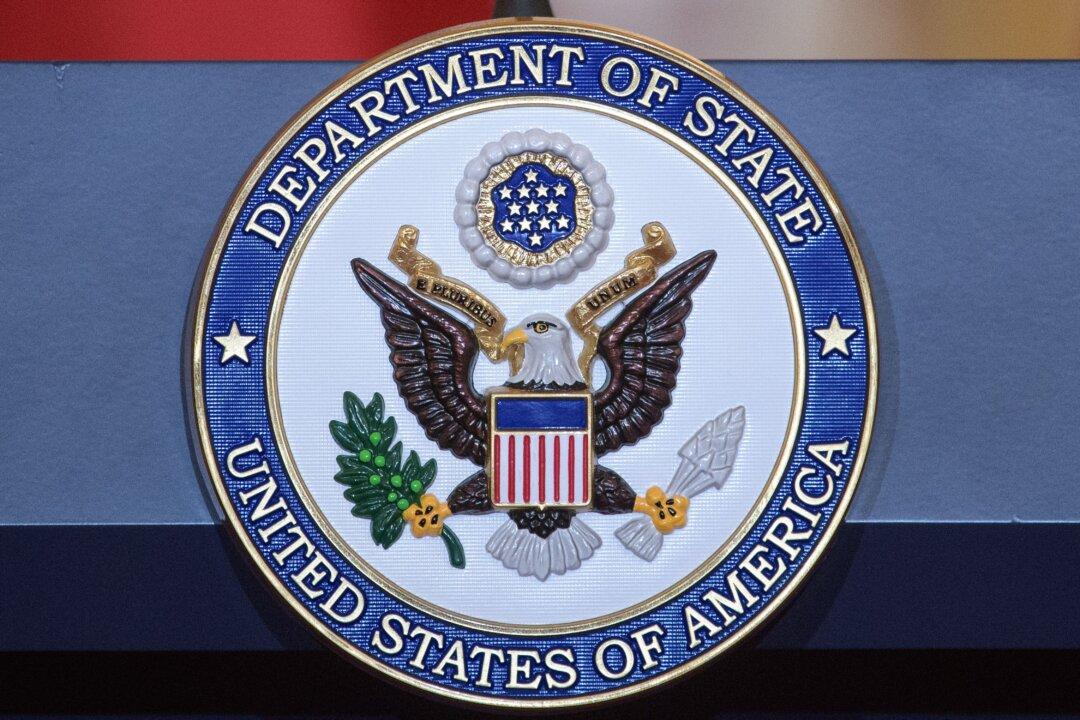NATO Defense Ministers agreed at the meeting on June 17 not to mirror Russia’s growth of nuclear-capable missiles but to strengthen and expand the Alliance’s missile defense. The ministers also called on China to engage in global arms control in the wake of its military rise and heavy investment in modern missiles.
NATO Defense Ministers convened at the teleconference on Defense and Deterrence and on NATO’s operations on June 16-18 discussed nuclear deterrence in the context of new nuclear missiles deployed by Russia.





